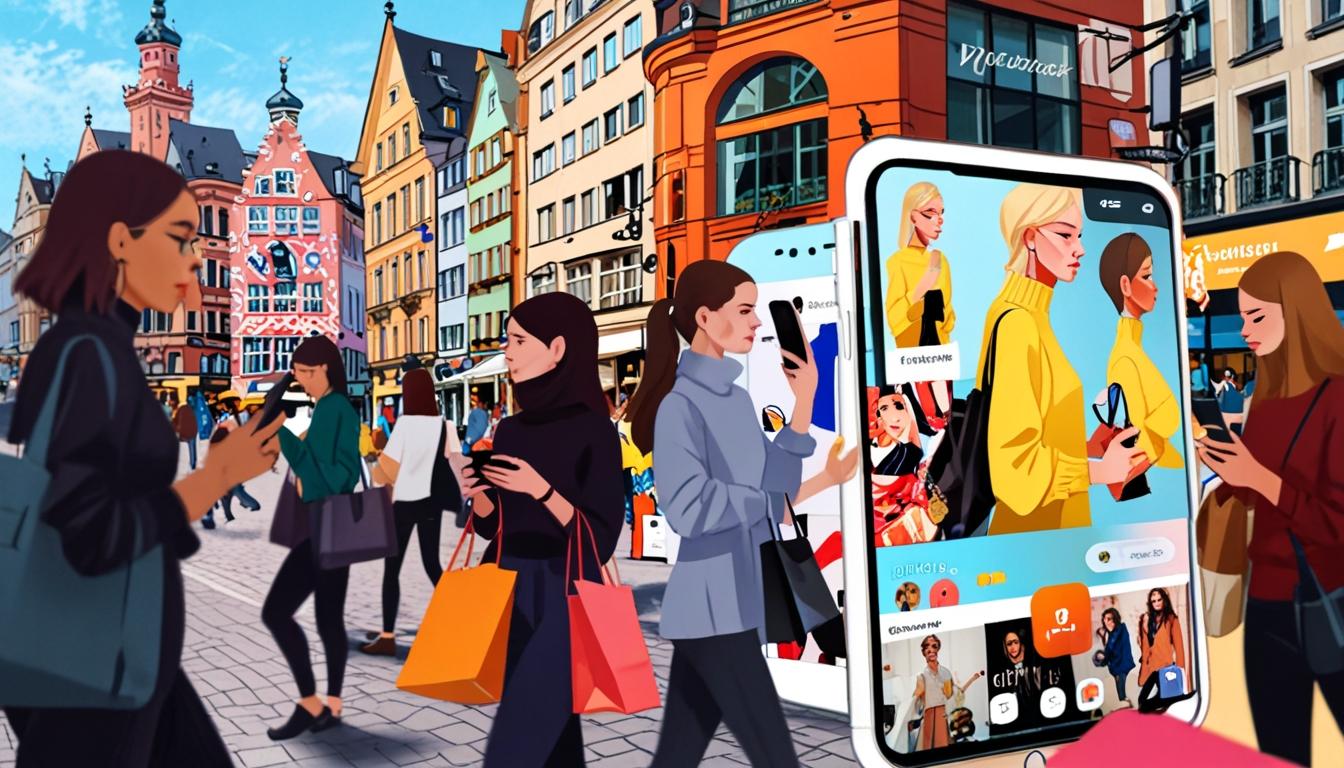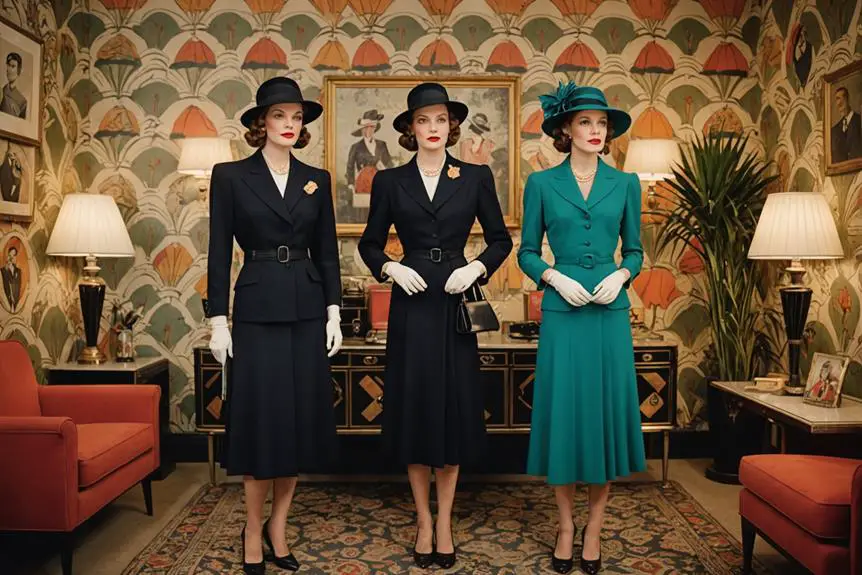A recent study reveals that while 84% of Germans use fashion apps, established retailers struggle to keep pace with dominant platforms like Zalando and H&M.
According to the Simon-Kucher Fashion App Study, conducted in March 2025, the landscape of fashion application usage in Germany reveals a stark contrast between popular global brands and traditional fashion retailers. The study found that an overwhelming 84% of Germans engage with fashion apps, with 75% utilizing at least two, and a notable 53% using more than three apps. Despite this wide adoption, well-established retailers like P&C and Galeria are significantly trailing behind more recognized platforms.
In terms of market dominance, the study highlights that Zalando leads the pack, with 41% of respondents indicating usage of its app. H&M follows closely at 39%, while Otto holds a 37% share. Among manufacturer-specific applications, both Adidas and Nike stand out, with each capturing 32% of the market. In stark contrast, the apps from traditional retailers P&C and Galeria are used by just 15% and 11% of individuals, respectively.
Martin Mattes, a partner and fashion expert at Simon-Kucher, remarked, “Fashion apps are taking Germany by storm!” He noted that this technological adoption is becoming an integral part of consumers’ shopping experiences. “We expect that the number and usage of fashion apps will continue to increase in the near future,” he predicted, pointing to the potential for growth among brands that have yet to launch their own applications.
The study also revealed intriguing trends in consumer demographics. Surprisingly, the budget fashion app Shein has garnered significant interest from high earners in Germany, with its user base primarily consisting of individuals in the highest income brackets. Specifically, 31% of users with a household net income of €6,001 to €7,000 use the app, alongside 30% in the €5,001 to €6,000 range. Additionally, the app Temu is popular among both low earners—40% among those with incomes under €1,000—and top earners, suggesting a diversification in market engagement.
In terms of user preferences, key features that attract consumers include personalized rewards (37%), product information (32%), and price comparisons (31%). Despite these preferences, the study highlighted a lack of engagement with advanced capabilities such as AI-driven virtual fitting rooms and live shopping, with many users indicating they have never used these features at all. As Markus Kröll, a senior director at Simon-Kucher, noted, “The AI era has not yet arrived in fashion apps.” He emphasized the necessity for retailers to invest in and effectively market these innovative functions.
Retention of app users also poses a challenge, as the study found that over one-third of respondents have uninstalled a fashion app. The principal reasons cited for this included issues with the checkout process (23%) and usability concerns (29%). Kröll stated, “To avoid falling at the first hurdle, strategic spending must also focus on user experience.”
The Simon-Kucher Fashion App Study surveyed 1,000 consumers across Germany to unveil these insights, indicating a shifting dynamic in the fashion retail landscape that emphasizes the need for traditional retailers to adapt to contemporary digital preferences. Further findings from the study are set to be published in April.
Source: Noah Wire Services




